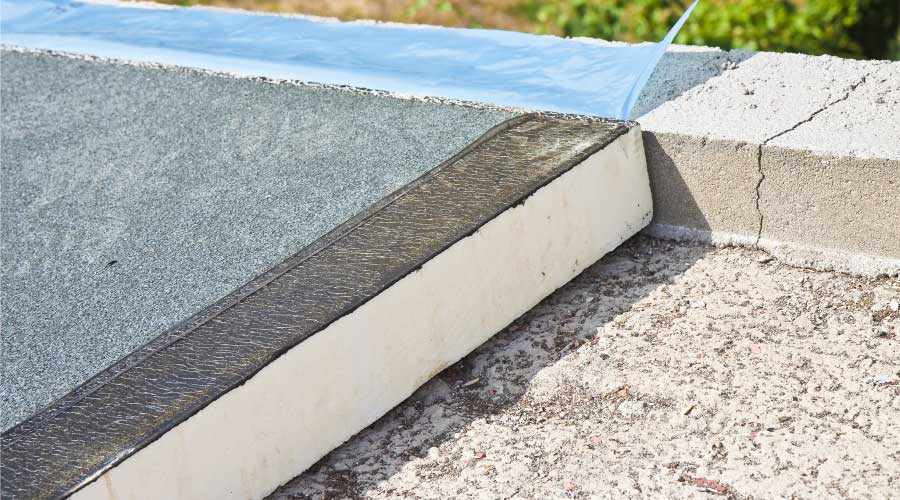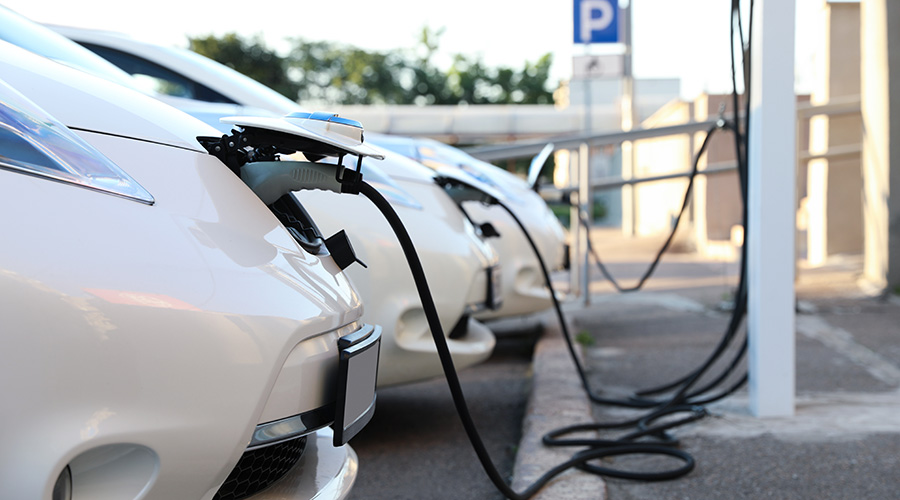Incomplete Utility Rebate Applications Can Cause FMs To Miss Out On Funding
Incomplete incentive applications are another common mistake, says Con Edison’s Pospisil. A customer will fill out an application but not provide all the necessary information for it to be processed. When the utility asks for the missing information, the customer declines, saying an installation needs to begin immediately and they cannot wait for a decision.
The applications are an average of six pages and request readily available information, NYSERDA’s Schaer says.
“The information we request, we would hope that our customers are getting from their solutions providers,” says Con Edison’s Pospisil. “I think that in some cases, we’re helping the customer in terms of asking the right questions of the provider.”
Leveraging Trade Allies
Some facility managers may be under the impression that incentives aren’t worth the time and effort, viewing it as too much work to do the necessary paperwork, Duke Energy’s Holcomb says. That’s one reason why he advocates for the involvement of a trade ally, such as the electrical contractor, early in process. Trade allies can help gather the invoice and technical data of the newly purchased equipment. “They have all the information and will probably fill out the paper if asked,” he says.
Holcomb says that some facility managers include a requirement to “seek and obtain all available utility incentives and rebates” into all requests for proposals, with the penalty being that the trade ally is responsible for making up the cost of lost incentives. This guarantees that the facility manager has a vested partner.
Having a vested trade ally can also lead to package offerings that provide greater benefits. Holcomb says a large hotel was doing some major renovations, including a new chiller and lighting. The incentive from the lighting work paid for window tinting, which also had an incentive. And because of the heat gain reduction from the lighting and window tinting, the hotel was able to downsize the chiller. The facility manager purchased the highest efficiency chiller on the market and installed variable frequency drives on the circulating pumps from the chiller incentive, all for less than the original budget.
“His work reduced the energy consumption of the hotel close to 40 percent, met all the energy and carbon reduction goals a decade before the due date, and increased the property value by millions because the reduced operating costs increased the net operating income and resulting asset value,” Holcomb says in an email.
Related Topics:













